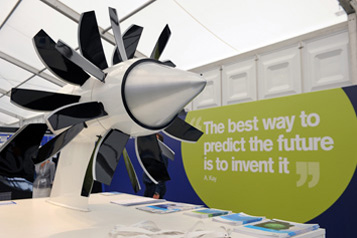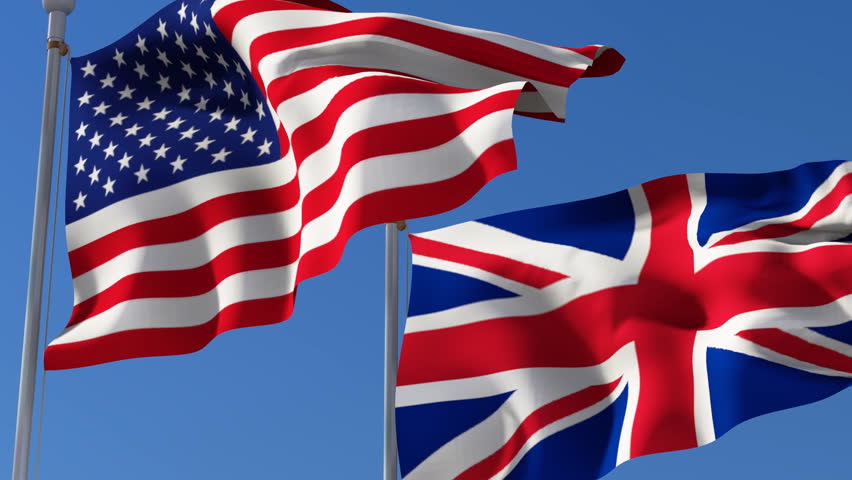
Today’s blog by my colleague Katie Andrews, on the success of Hybrid Air Vehicles’ (HAV) Airlander 10 project, signals just how important access to funding programmes can be.
The €2.5m of funding from Horizon 2020 has enabled HAV to make huge strides in developing the market viability of the Airlander – bringing it to first flight, upgrading the flight controls, building training devices on site and taking steps to ensure long term type certification from the safety regulator is achieved.
Both presently and historically, UK companies and academic institutions have had success in European funding programmes. The two year report recently released, looking into the progress of Horizon 2020, shows that the UK has had the most applications of any member state, the highest share of funding of all Member States (15.9%) and the third largest number of applications for the specific ‘SME Instrument’ of the funding programme.
And sector specific programmes, such as Clean Sky, (which funds research programmes looking at reducing environmental and noise impacts of aircraft) have seen the UK as the top recipient of funding – worth around €36m.
Businesses both large and small benefit not only from the funding streams available, but also the opportunity to collaborate, the access to infrastructure and facilities which would otherwise not be available, and the ability for SMEs to work directly with customers on researching, testing and developing a new product.
So what next for the UK, Horizon 2020, and the long term funding framework that will follow it?
Firstly, the UK first must negotiate a new type of relationship it will have with the EU and the EU’s research funding streams. Today, Prime Minister Theresa May positively set out that the UK will seek to reach an agreement to continue to “collaborate with our European partners on major science, research and technology initiatives”. This will give great confidence for those businesses which are involved or seeking to be involved EU research programmes.
But whatever the long term relationship between the UK and EU may be, EU funding frameworks will continue, and in addition, access to those programmes for third countries will also continue. The Horizon 2020 report recently published also highlighted that ‘associate countries’ delivered over 11,000 applications for funding, and that applications from ‘third countries’ increased by 53% from 2014 to 2015. This signals that successful innovation and research is delivered across borders, and that if an UK-EU agreement is reached, the UK and its businesses can play an important role in the future of European innovation.
In the medium to long term, the EU also has an opportunity to further develop the type and model of projects that it supports in the next funding framework. ADS recently responded to the European Commission’s consultation on an interim evaluation of Horizon 2020, highlighting that the future focus of work streams should be on delivering projects at the higher TRL (Technology Readiness Level), where products can be brought more successfully to market. In addition, increased industrial participation is key to exploiting the results of research. Such an approach will allow the research, development and exploitation of future technologies on the global market.
HAV’s experience is one of many for businesses in the UK, EU and beyond. Collaborative R&D funding and the projects which stem from it benefit academia, industry and society. Whatever the final terms of the UK’s relationship with the EU will be, access to EU funding frameworks which provide an environment for collaboration for UK companies, will be vital. And as the EU seeks to evaluate where funding work streams can be improved in the future, greater industrial participation and an enhanced focus on providing the infrastructure to bring innovations to market, will play a key role in expanding these industrial and societal benefits both here in the UK and across Europe.





